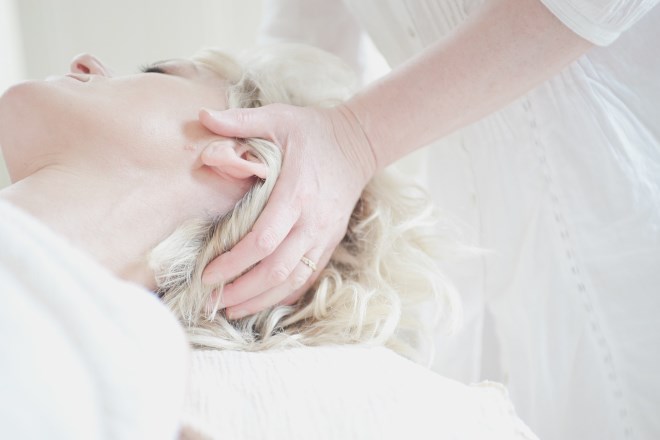Signs to Monitor During At-Home Pressure Work and When to Pause
Pressure work on the feet can be an effective part of at-home selfcare, but it requires attention to signals your body sends. This brief overview highlights what sensations to track during plantar pressure work, when to stop, and how to keep sessions safe and supportive of recovery and mobility.

Pressure work on the feet can relieve tension, support circulation, and help with recovery after activity when done carefully. At-home sessions that use thumb or tool pressure on plantar surfaces may feel uncomfortable at times, but there are clear signs that indicate you should ease off or stop. Paying attention to immediate sensations, changes during the hours after a session, and your overall mobility and posture helps you balance therapeutic benefit with safety.
This article is for informational purposes only and should not be considered medical advice. Please consult a qualified healthcare professional for personalized guidance and treatment.
How does reflexology signal changes?
Reflexology-based pressure often produces localized sensations that users interpret as linked to other body areas. During at-home reflexology-style work, monitor for sharp, shooting, or electric sensations that travel beyond the foot; these can indicate nerve irritation rather than benign reflex responses. Mild ache or heaviness that eases within minutes is often tolerable, but persistent numbness, tingling, or a burning quality are signs to pause and reassess technique or intensity. Note whether discomfort is symmetrical or isolated; asymmetry and progressive numbness merit professional evaluation.
What plantar sensations need attention?
The plantar surface has many receptors and dense soft tissue. Pressure that causes brief, dull soreness localized to the spot being treated can be part of therapy, especially at triggerpoint sites; it should not escalate into throbbing pain or bruising. If you notice skin discoloration, swelling, sharp stabbing pain, or increased warmth that lasts, stop and avoid further deep pressure. Pain that forces altered gait, difficulty weight-bearing, or causes limping after a session means you should rest and consult a healthcare provider before continuing at-home work.
When circulation signs indicate pause?
Good pressure work should feel like increased warmth and gentle blood flow without blanching or prolonged numbness. Watch for signs of compromised circulation: persistent coldness, pale skin, blisters, or blue-tinged discoloration after pressure. Those with vascular conditions, diabetes, or circulatory concerns should use gentler techniques and shorter sessions; if you have a history of poor circulation or clotting, consult a clinician before attempting deeper plantar or reflexology work. When in doubt, reduce pressure and allow normal coloration and sensation to return.
How to watch for triggerpoint and mobility issues?
Targeting triggerpoints in the foot can improve mobility, but aggressive pressing may irritate soft tissue and create more restriction. If pressure increases stiffness instead of producing gradual release, or if ankle and toe mobility decrease after treatment, stop and reassess. Monitor range-of-motion in the hours following a session — increased stiffness, joint locking, or sharp pain during movement suggest you pushed too hard or used an inappropriate angle. Follow up with gentle stretching and allow recovery time before repeating focused pressure on the same spot.
Can stretching, posture, and proprioception warn you?
Stretching and posture cues are useful feedback. If plantar pressure work makes nearby calf or Achilles tightness worse, or if your posture is altered to avoid foot soreness, reduce intensity. Proprioception — your sense of foot placement — can change after heavy pressure; feelings of imbalance, clumsiness, or unusual foot drop-like sensations are red flags. Incorporate light stretching and balance drills after sessions to test proprioception; persistent deficits should prompt pausing further pressure work and seeking professional assessment.
How do recovery, relaxation, and selfcare guide timing?
Effective at-home therapy balances pressure work with recovery and relaxation. Monitor how long discomfort persists post-session: brief, decreasing soreness that improves with rest, ice, or gentle movement is expected. However, pain that intensifies, wakes you at night, or interferes with daily mobility suggests overwork. Factor sleep quality, overall fatigue, and recent activity levels into session timing; avoid deep plantar pressure immediately after intense exercise or when fatigued. Use selfcare practices such as light massage, hydration, and appropriate stretching to support tissue recovery and reduce the likelihood of adverse responses.
Conclusion
At-home plantar and reflexology-style pressure work can support relaxation, circulation, and recovery when performed mindfully. Key signs to monitor include abnormal nerve sensations, worsening plantar pain, circulation changes, decreased mobility, and altered proprioception or posture. When any warning sign appears, reduce pressure, allow recovery time, and consult a qualified practitioner if issues persist or if you have underlying medical conditions.





